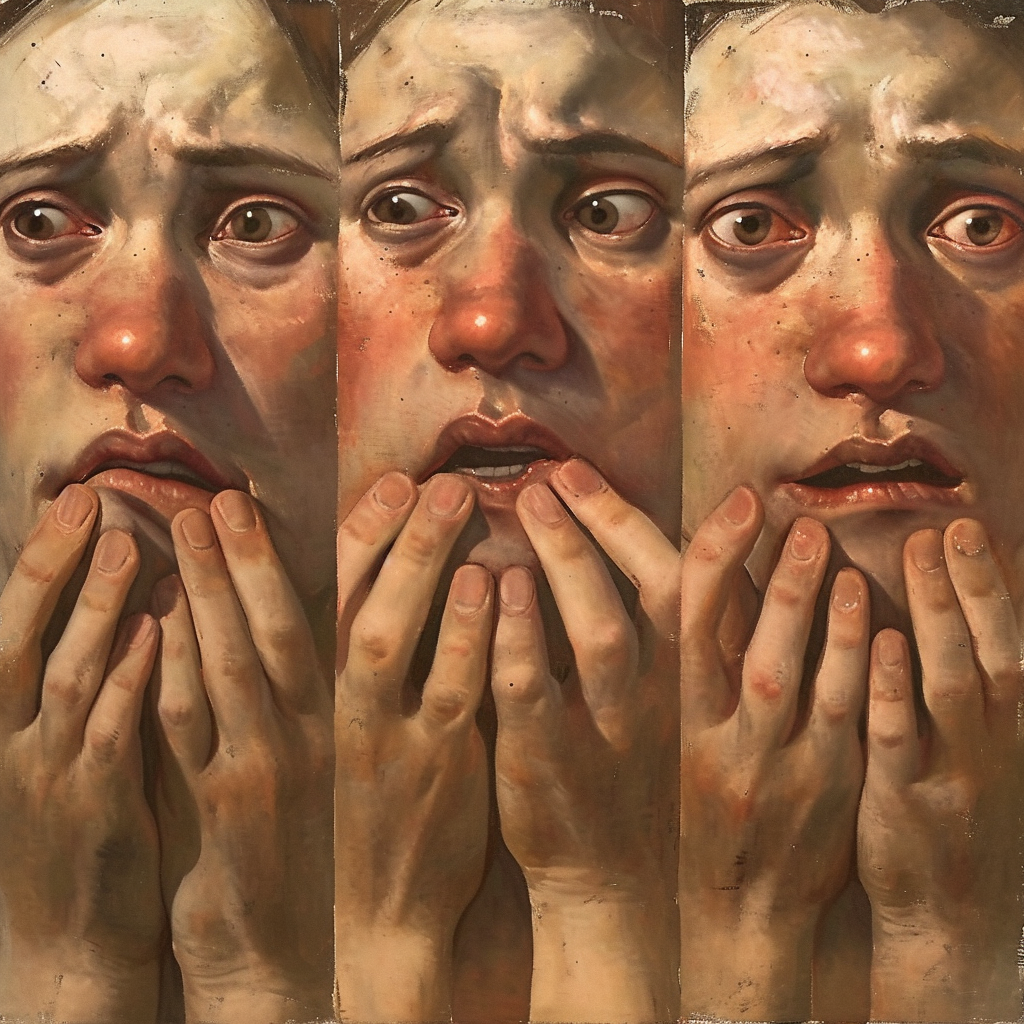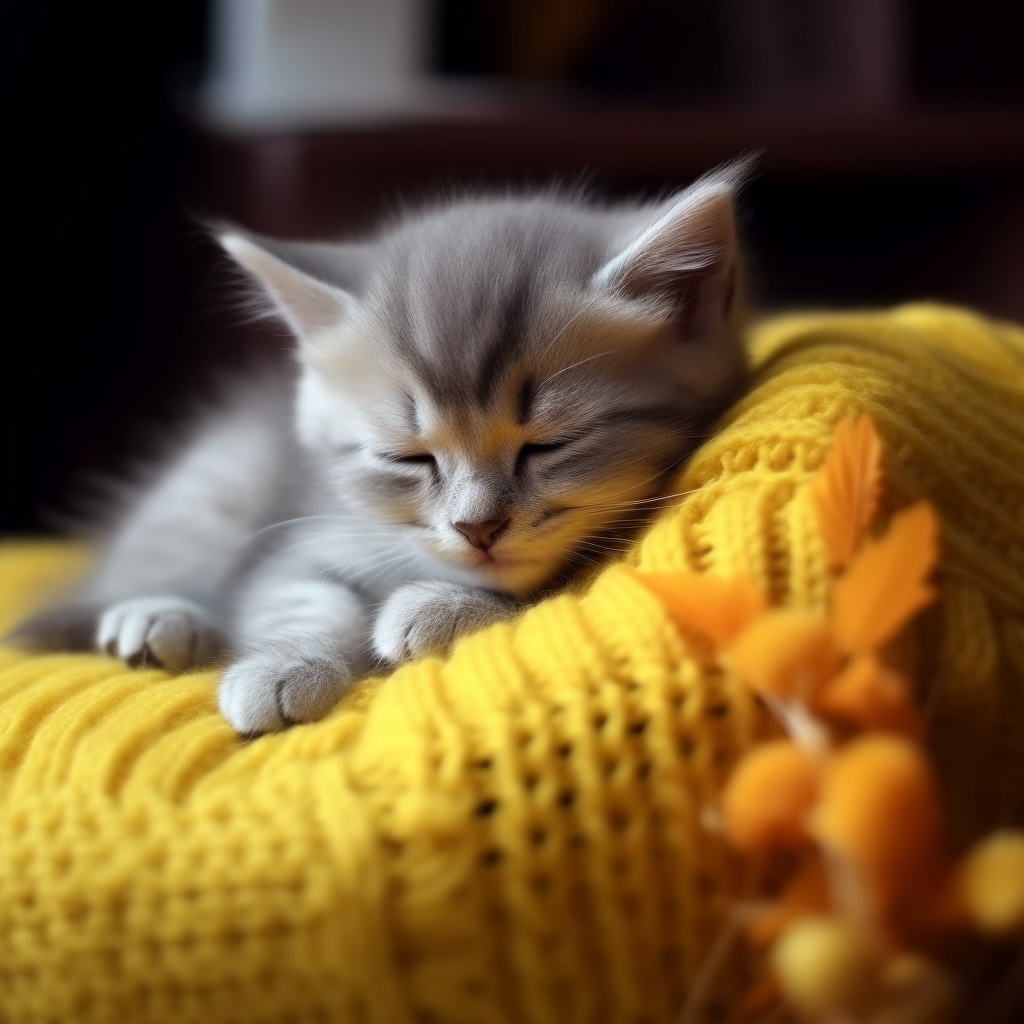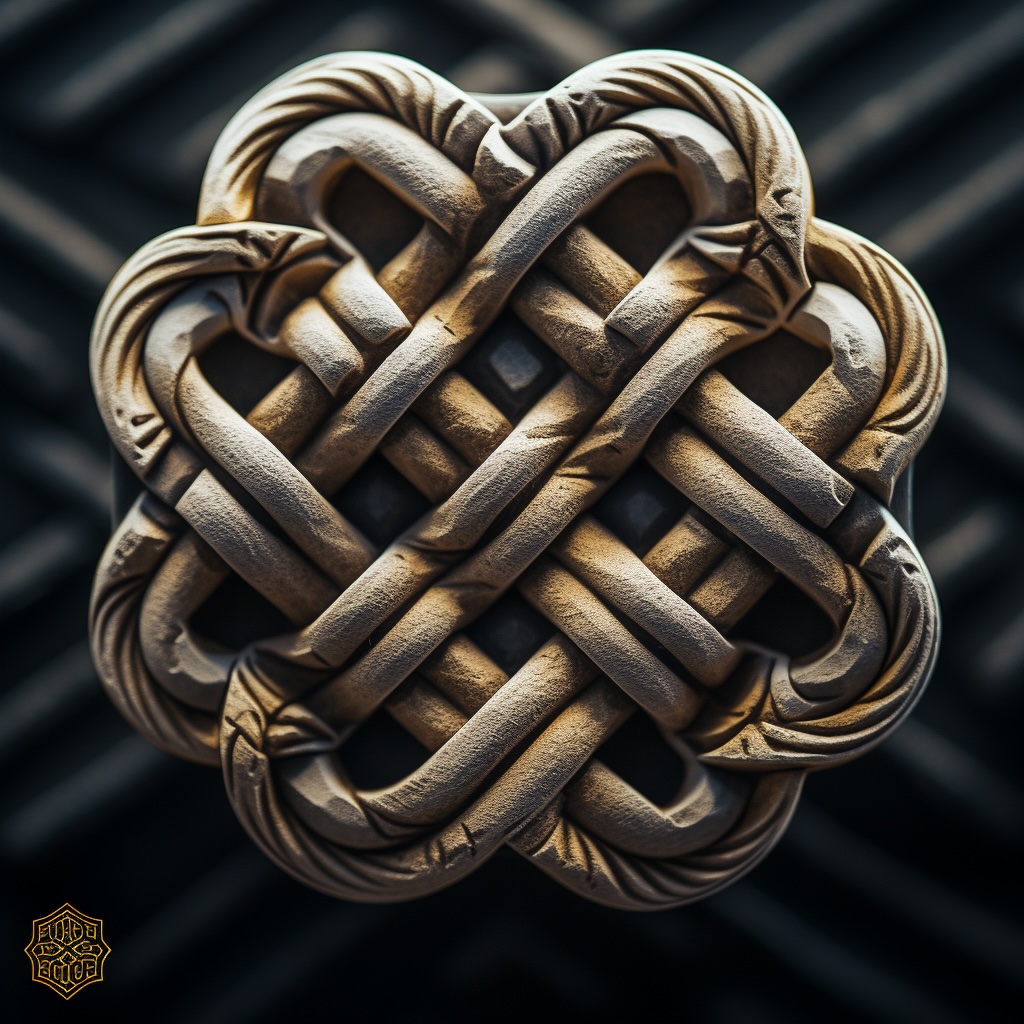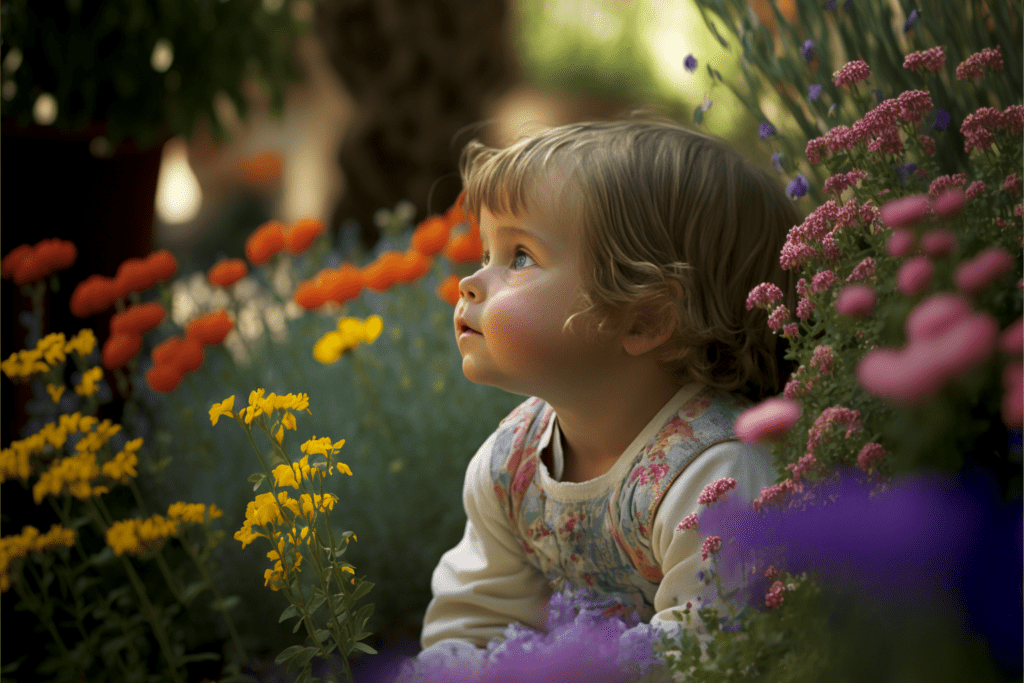The faces of shame
Die Vielschichtigkeit der Scham: Einblicke und Fragen zur Bewältigung Scham wird in verschiedenen Weisen definiert. Léon Wurmser stellt in Die Masken der Scham – Die Psychoanalyse von Schamaffekten und Schamkonflikten fest, dass Scham ein uraltes Gefühl ist und eine wichtige Abwehr gegenüber anderen Gefühlen darstellt. Scham wird oft mit Schwäche, Makeln und Schande assoziiert. […]





